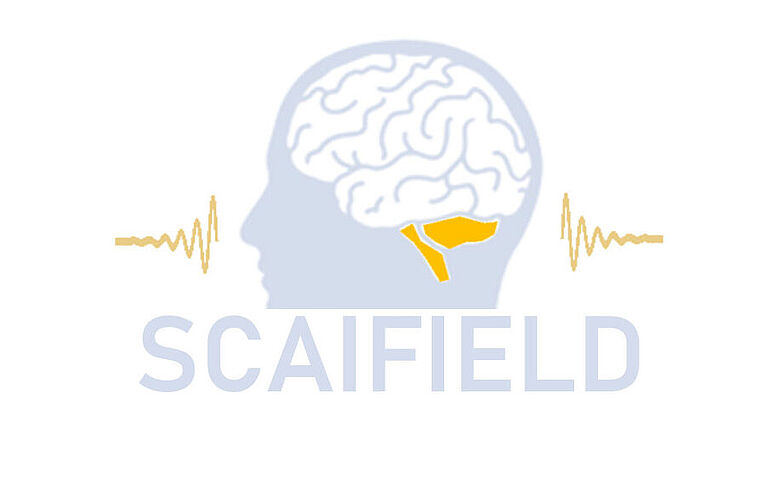Work packages
WP1: Imaging the cerebellum at 7T
Lead: Tony Stöcker (Bonn)
Aims: The reduced radio frequency (RF) wavelength at 7T, compared to lower field strengths, causes destructive and constructive inferences of the transmit RF field, which lead to unwanted signal intensity and contrast variations in the final image44. The cerebellum is located in the low intensity region of the circularly-polarized (CP) mode of the standard head coil at 7T and hence the image quality of the cerebellum can be severely affected. This work package utilizes the state-of-the-art parallel transmission (pTx) technology to ameliorate the RF inhomogeneity in the cerebellum and therefore to improve the data quality of the entire imaging protocol in the overall project.
WP2: Ultra-fast qMRI sequences & cerebellar molecular imaging
Lead: Tony Stöcker & Eberhard Pracht (Bonn)
Aims: This work package has two major goals: On the one hand, ultra-fast imaging protocols for all contrasts are established based on previous work of the MR Physics group at DZNE Bonn. On the other hand, dedicated molecular imaging readouts, CEST and MRSI, are refined for application in the cerebellum.
WP 3: Quantitative MR parameter mapping of the cerebellum and brainstem
Lead: Pierre Maquet (Liège)
Aims: This work package determines optimal acquisition parameters and automated analysis pipelines for quantitative MRI at 7T, targeting the cerebellum and brainstem, brain areas of interest for the detection of subtle pre-clinical and clinical alterations in SCAs. The quantitative maps will be combined in a multimodal analysis to assess relevant biomarkers of SCA.
WP 4: Validation in SCA mutation carriers and back translation to 3T
Lead:Thomas Klockgether & Jennifer Faber (Bonn)
Aim: In WP4 UHF-MRI is applied in presymptomatic and symptomatic polyglutamine SCA mutation carriers and healthy controls in a multicenter study involving five European sites, following the standardized and harmonized scanning protocols developed in WPs 1-3. This will allow the identification of new outcome measures for future therapeutic and preventive trials, and the definition of individual quantitative MRI profiles. A further goal is to compare the new UHF-MR imaging markers with established 3T markers and back translate the UHF-MRI findings to widespread application on 3T scanners.
WP5: Optimized RF safety monitoring for cerebellar imaging at 7T
Lead:Ergin Atalar (Ankara)
Aims: This work package aims at developing temperature-based RF safety assessment techniques for improving the efficiency of cerebellar imaging at 7T.

